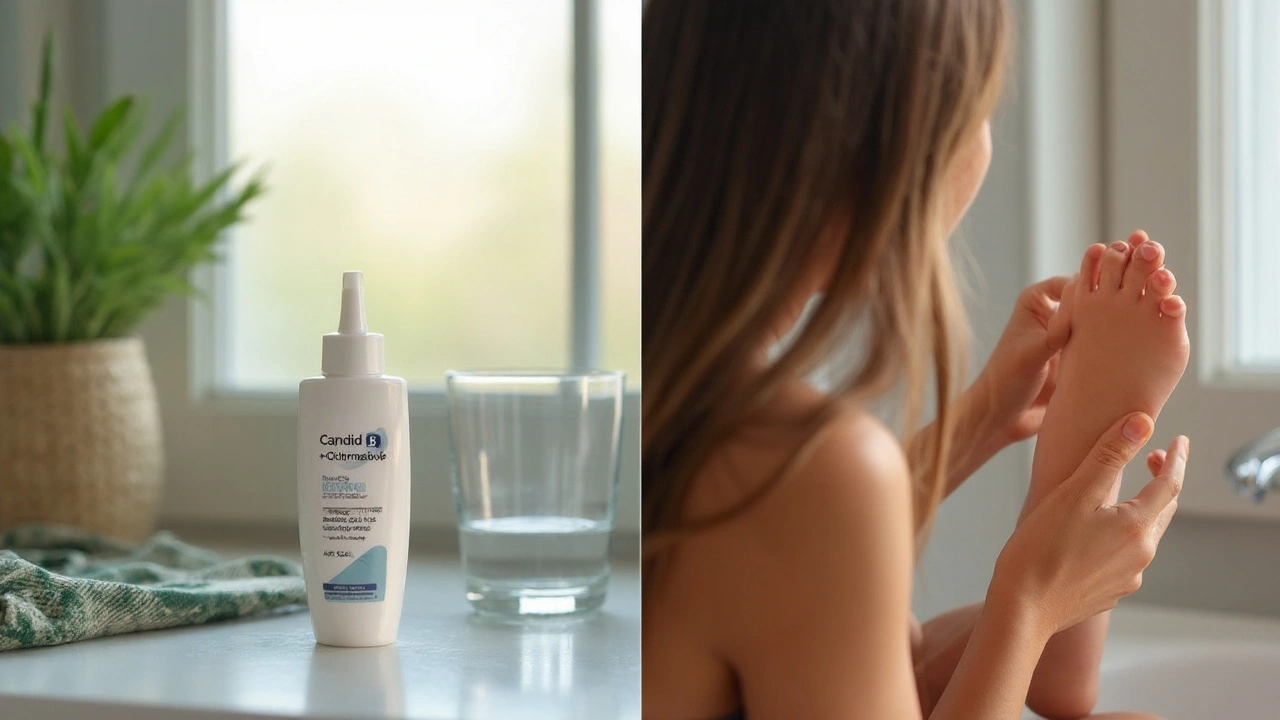Topical Antifungal Steroid: What It Is and Why It Matters
Ever notice a rash that looks fungal but also feels inflamed? That’s when a topical antifungal steroid can help. It’s a cream that mixes an antifungal agent with a mild steroid to kill fungus while calming redness and itching. The combo speeds up healing and makes the skin feel better faster.
When to Use a Topical Antifungal Steroid
Think about athlete’s foot, ringworm, or yeast infections that get sore and red. If a regular antifungal cream leaves the skin irritated, adding a steroid can reduce swelling. Doctors also recommend it for eczema that’s been invaded by fungus – the steroid eases the eczema flare while the antifungal attacks the fungus.
People with compromised immune systems, like those on chemotherapy, often get stubborn fungal skin infections. A topical antifungal steroid can be a gentle first step before stronger oral meds. Just remember: it’s for short‑term use, typically 1‑2 weeks, unless a doctor says otherwise.
How to Apply Safely and What to Watch For
Start with clean, dry skin. Apply a thin layer of the cream to the affected area twice a day, usually morning and night. rub it in gently – no need to massage hard. Wash your hands after each application unless the hands are the treatment site.
Watch for side effects like thinning skin, stretch marks, or new discoloration. If you notice these, stop using the product and call your pharmacist or doctor. Also, avoid using it on large body areas or broken skin unless your provider advises it.
Store the tube at room temperature, away from direct sunlight. If the cream changes color or develops an odd smell, discard it – the active ingredients may have broken down.
Don’t mix it with other strong topical steroids or antifungals without checking first. Combining too many actives can increase irritation risk. If you’re using a prescription for a different condition, ask your doctor how to schedule the applications.
For children, the same rules apply but the amount used is smaller. Pediatric skin is thinner, so extra caution is needed. Always follow the dosage your pediatrician provides.
In summary, a topical antifungal steroid is an efficient tool for treating inflamed fungal infections. Use it correctly, keep an eye on side effects, and you’ll likely see faster relief and smoother skin.
